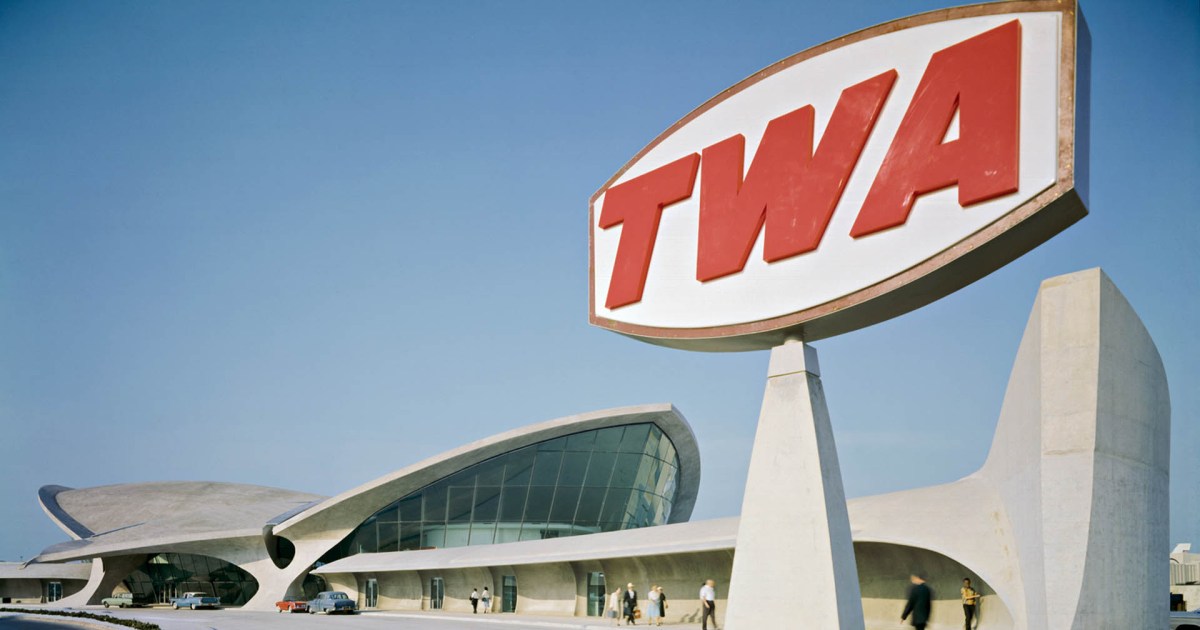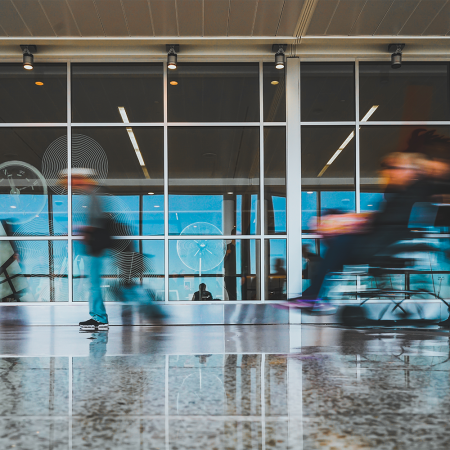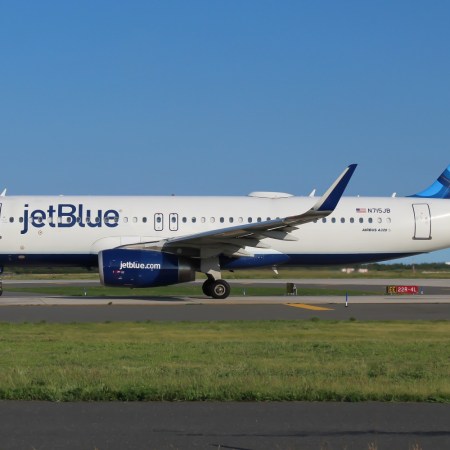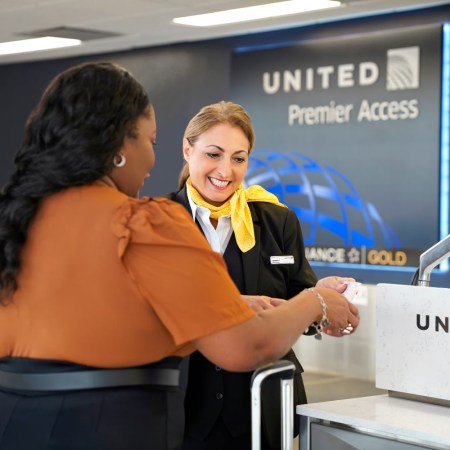Porter, recently dubbed the greatest airline you’ve never heard of (as well as “what would happen if filmmaker Wes Anderson and master urban planner Robert Moses teamed up to design a regional carrier”), is a cutting edge, startup-style airline company that operates a small fleet of Bombardier Q400s (with propellers!) around Eastern Canada and East Coast America.
Their praise is well deserved.
They have leather chairs, free Wi-Fi, snacks, drinks and cookies in their lounge. They have free beer and wine served in real glasses on their flights. You will never be assigned to the dreaded middle seat, because they don’t have any on their planes.
And they have amazing style. The flight attendants dress in retro attire and their inflight magazine, re:porter, is published by the same people behind Monocle.
They pride themselves on cheaper ticket prices, shorter wait times and faster commutes. So, wouldn’t it be crazy to shut this down? In an unlikely move for the popular Canadian Prime Minister Justin Trudeau, the government has blocked airport expansion plans. This would prevent Porter from competing with the bigger companies, effectively stunting their growth.
In honor of Porter and their retro approach to flying, here’s a list of airline pioneers that that went away too soon
Pan American
Pan Am was an international airline company that got its start as an airmail and passenger service airline operating between Key West, Florida and Havana, Cuba in 1927. It expanded and became the principal airline company in America until its collapse in 1991. The airline was revolutionary: it pioneered the use of jumbo jets, jet aircraft and computerized reservation systems. The airline is a cultural icon, even today. The blue “Clipper” logo is an icon that’s still recognizable today.
TWA
Trans World Airlines existed from 1925 until 2001. It originally operated a transcontinental route from Los Angeles to New York City (the historic Eero Saarinen-designed terminal is pictured above) with stops in Kansas City and St. Louis. In 1939, the eccentric and wealthy Howard Hughes took over the company and led an effort to expand the airline’s services to Asia, Europe, and the Middle East. Due to the Airlines Deregulation Act of 1978, TWA was sold by its parent company to Carl Icahn in the 1980s. He took the company private in a leveraged buyout, pocketing nearly $500 million while leaving TWA $540 million in debt. That spelled the end for the company. American Airlines bought the remains in 2001.
Eastern Air Lines
Eastern got its start in 1926 as a mail carrier for the U.S. Postal Service. It grew to have a near monopoly on air travel between New York and Florida from the 1930s until the 1950s. Through acquisition and expansion, their domination continued, and the airline thrived in the 1970s. But like TWA, Eastern Air Lines fell victim to the Airlines Deregulation Act of 1978. After going through labor disputes and a strike in 1989, the company was liquidated in 1991.
Main image via Esto Photographics for Vogue
This article appeared in an InsideHook newsletter. Sign up for free to get more on travel, wellness, style, drinking, and culture.

























